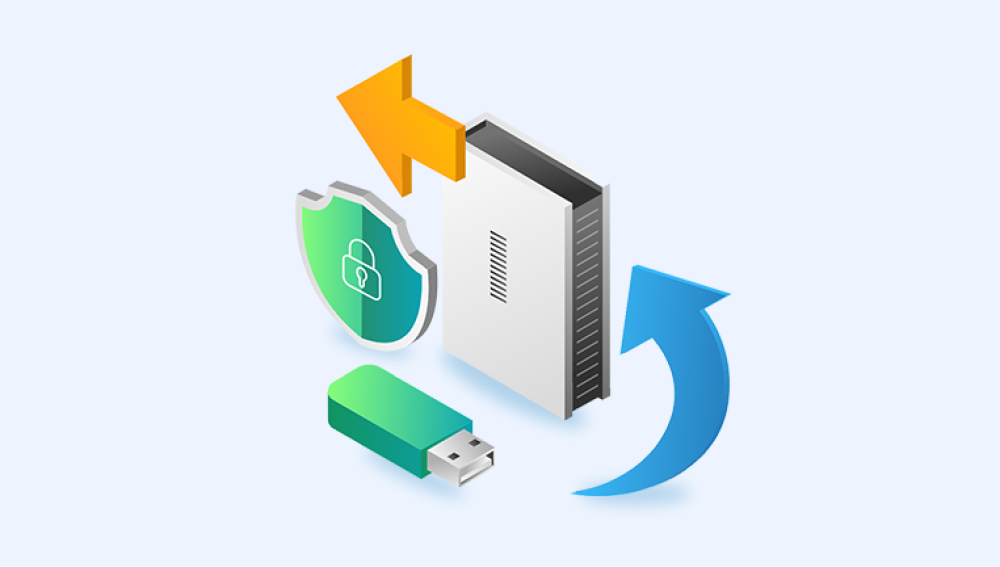However, these two operations serve different purposes and have different impacts on the text being edited.
Cut: Cutting text refers to the action of removing selected text from its original position and placing it into the clipboard. The clipboard is a temporary storage area where the cut content is kept until it is pasted somewhere else. This means that the cut text is not permanently deleted; it can be retrieved and inserted at a new location. The cut operation is typically associated with the keyboard shortcut Ctrl+X (Cmd+X on macOS).
Delete: Deleting text, on the other hand, refers to the action of removing selected text from the document permanently. Once deleted, the text is not stored in the clipboard and cannot be easily retrieved or moved to a new location without undoing the delete action. The delete operation is usually associated with the keyboard shortcuts Delete or Backspace.

Detailed Comparison
Purpose and Usage
Cut:
Purpose: The main purpose of the cut operation is to move text from one part of a document to another. It allows users to reorganize content by relocating text efficiently.
Usage Scenario: For instance, if a user wants to move a paragraph from the beginning of a document to the end, they can cut the paragraph and then paste it at the desired location. The text is temporarily stored in the clipboard, facilitating this move.
Effect on Document: The cut text is removed from its original position but remains accessible for pasting. This operation is non-destructive as long as the text is pasted before any other clipboard operations are performed.
Delete:
Purpose: The primary purpose of the delete operation is to remove unwanted text from a document permanently. This is often used to clean up content or eliminate mistakes.
Usage Scenario: For example, if a user wants to remove an incorrect word or sentence, they can select the text and press the Delete or Backspace key to remove it from the document.
Effect on Document: The deleted text is immediately removed and cannot be retrieved unless the user utilizes an undo operation. This makes the delete operation more permanent compared to the cut operation.
Clipboard Interaction
Cut:
When text is cut, it is placed into the clipboard, which is a temporary storage area. This allows the user to paste the text at a different location within the same document or into another document.
The cut text remains in the clipboard until it is replaced by new cut or copied content. This means that the user can paste the cut text multiple times if needed.
Clipboard management tools can sometimes allow users to access a history of cut or copied items, providing more flexibility in managing cut content.
Delete:
Deleting text does not involve the clipboard. The text is removed from the document and is not stored temporarily.
Since the deleted text is not placed into the clipboard, it cannot be pasted elsewhere. The only way to retrieve deleted text is by using the undo feature, if available.
The lack of clipboard interaction makes the delete operation simpler but less flexible compared to the cut operation.
Undo and Redo Operations
Cut:
The cut operation can be undone, which restores the cut text to its original position. This is useful if the user changes their mind after cutting the text.
The redo operation can reapply the cut, removing the text again and placing it back into the clipboard.
These operations provide a safety net, allowing users to experiment with moving text without the risk of losing it permanently.
Delete:
The delete operation can also be undone, which brings back the deleted text to its original position. This is helpful if the user accidentally deletes important content.
The redo operation can reapply the deletion, removing the text again.
While undo and redo operations are available for both cut and delete actions, the reliance on the clipboard for the cut operation adds an additional layer of complexity.
Practical Examples
Cut:
Reorganizing Content:
In a document, a user may decide that a specific section fits better in a different part of the document. By cutting the section and pasting it at the new location, the user can reorganize the content seamlessly.
Example: A report has a conclusion that is more appropriate at the beginning. The user cuts the conclusion and pastes it at the start.
Cross-Document Editing:
Users often need to move text between different documents. By cutting text from one document and pasting it into another, users can efficiently transfer content without duplication.
Example: A user cuts a quote from a research paper and pastes it into their thesis document.
Delete:
Removing Errors:
When users identify errors or irrelevant information, they can quickly delete the text to clean up the document.
Example: A user deletes a redundant sentence from an essay to improve clarity.
Editing for Brevity:
In editing, users may need to shorten a document by removing unnecessary content. The delete operation helps streamline the text.
Example: An editor deletes several verbose paragraphs to meet a word count requirement.
Understanding the difference between cut and delete is crucial for efficient text editing. While both operations remove text, their purposes, interactions with the clipboard, and effects on the document differ significantly. The cut operation facilitates moving text and allows for flexible reorganization, whereas the delete operation focuses on permanently removing unwanted content. By mastering these operations, users can enhance their editing efficiency and precision, ensuring that their documents are well-organized and error-free.




